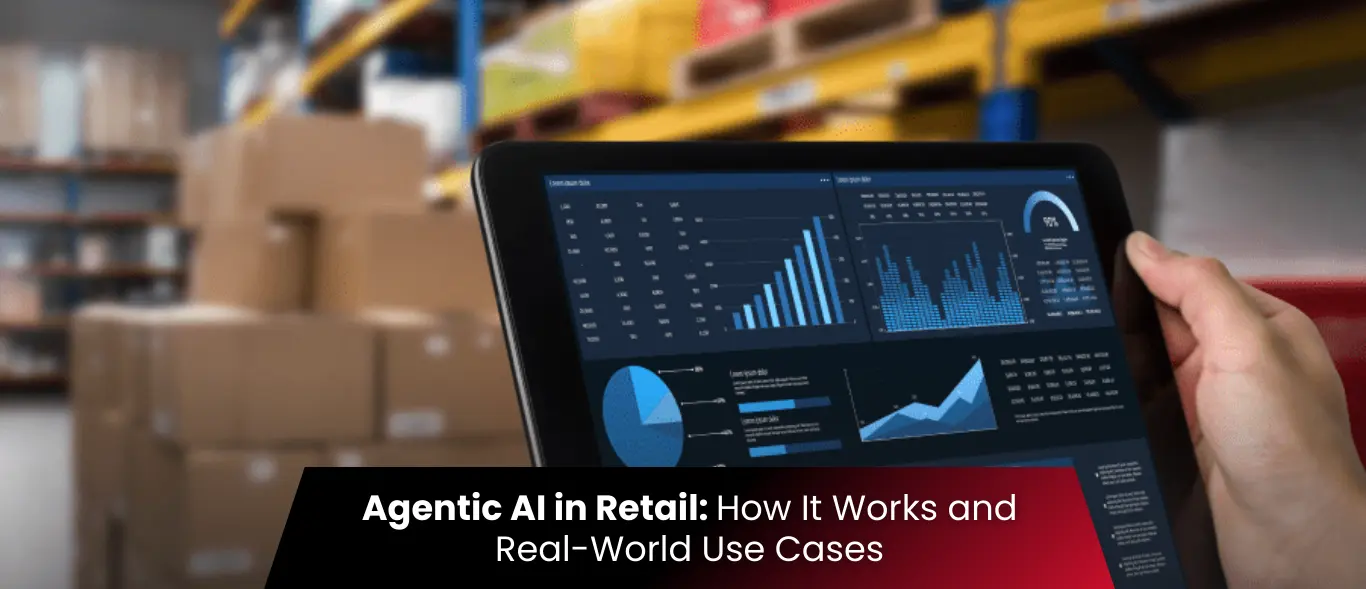What is Data Mesh, Its Architecture, and Benefits: A Primer
The term “data mesh” has been on the rise lately as a new way to think about data architecture. But what is data mesh, and why is it gaining so much traction? This article will explore what data mesh is, its benefits, and some of the challenges an organization may face when implementing it.
Defining Data Mesh
Data Mesh is a new approach to data management that seeks to provide a “different” way to handle all of an organization’s data, regardless of where it resides.
It envisions a future in which data is no longer siloed but flows freely among systems, applications, and users.
This approach is designed to address the challenges of managing big data and the increasing complexity of data architectures.
Data mesh is still in its early stages of development, but it has the potential to reshape how organizations manage and use data.
Data Mesh aims to solve the problems of data availability and accessibility at scale. It enables users to access, analyze, and operationalize business insights from any data source, from any location.
Such quick access to query data directly means faster time to derive value without transporting data.
Want to Explore Our Business Intelligence and Analytics Services? >>>>> Read more
Data Mesh Architecture
Data Mesh is a new architectural pattern gaining popularity to address challenges in traditional data architectures.
It seeks to provide a more scalable, flexible, and resilient way to manage data by creating a network of loosely coupled, distributed data services.
Such an approach has several benefits, including improved performance, scalability, and availability. In addition, data mesh can help to reduce the complexity of data architectures and make them more manageable.
The basic idea behind implementing a data mesh is to decouple data from applications so that each piece of data has its own independent lifecycle.
This allows for greater flexibility and control when managing data, as well as more effortless scalability.
Data mesh also has the potential to improve security and privacy, as data is less likely to be leaked if it is not tied to any particular application.
Unlike traditional data management approaches, which focus on a single data store, data mesh distributes data across multiple stores.
This allows for greater flexibility and scalability, as well as the ability to handle a larger volume of data.
Additionally, data mesh provides greater data security, as data is distributed across multiple stores rather than concentrated in a single place.
The Data Mesh Paradigm Explained
A data mesh treats data like a product; it takes a people-and-process-centric approach. People ask: How is a data mesh different from a data fabric? Well, there are several differences.
A data fabric combines human and machine capabilities to access data in place or consolidate it as needed.
The data fabric connects and enriches real-time data from various apps to identify relationships among data points.
It does this by using technologies with different methods for accessing the data. As a result, the interlinked data storage graph can be used to build analytics algorithms.
In a data mesh, a company’s data is not stored in a single repository but across different domains. There is simply no central point. Each node has its own storage and computing.
The original data stays within domains, but copies are made for specific use. Data access is centralized in the data fabric, with high-performance server clusters that enable high-speed network and resource sharing.
An enterprise can provide unified management across data sources and end users by placing a data fabric layer on top of data repositories.
Please note: data management is unified, not storage; the latter is distributed.
A data mesh is a different approach to solving many of the same problems as a data fabric.
While a data fabric aims to build a single management layer atop distributed data, a data mesh allows distributed teams to manage data as they want, with shared minimum governance.
Instead of spending resources on building ETL pipelines to move and transform data into specialized repositories, data is kept in its original form.
This allows domain-specific teams to take ownership of the data and shape it into a product that meets their specific needs.
Why Data Mesh is Important?
Data Mesh is a relatively new approach to managing data, promising better data governance, security, and quality, and greater scalability and ease of use than traditional data management approaches.
Why should you consider using Data Mesh? Here are a few key reasons:
- It provides better data governance by assigning each data point a unique identity and tracking where it came from and how it’s being used. This makes it easier to ensure that data is accurate and up-to-date and that only authorized users have access to it 1.
- It is more scalable than traditional data management approaches, meaning that it can handle a larger volume of data with fewer resources. This makes it a preferable option for organizations that need to manage large amounts of data quickly and efficiently.
- It is easier to use than traditional data management approaches, making it more accessible and intuitive for users. This makes it a better choice for organizations that need to make data management easy for their employees.
- Typically, enterprises have utilized a central strategy to process data from different data sources, types, and use cases. But it requires users to transport data from the edge to a central data lake for analytics queries. All of this takes up a lot of time and is often expensive.
Want to Explore Our Business Intelligence and Analytics Services? >>>>> Read more
On the other hand, a data mesh treats data as a product, with separate domain ownership for each team, thereby reducing the time required to get insights.
This decentralized data ownership model enables units to access and analyze data quickly, regardless of location.


